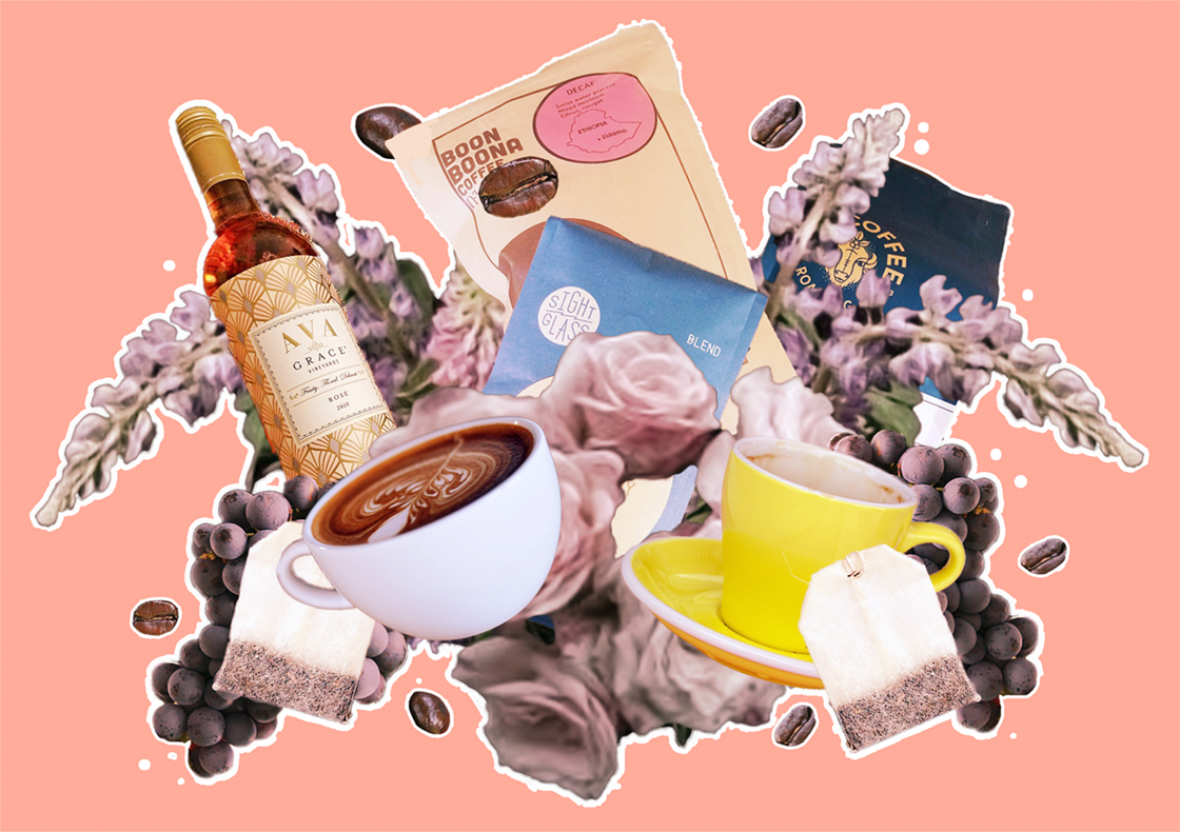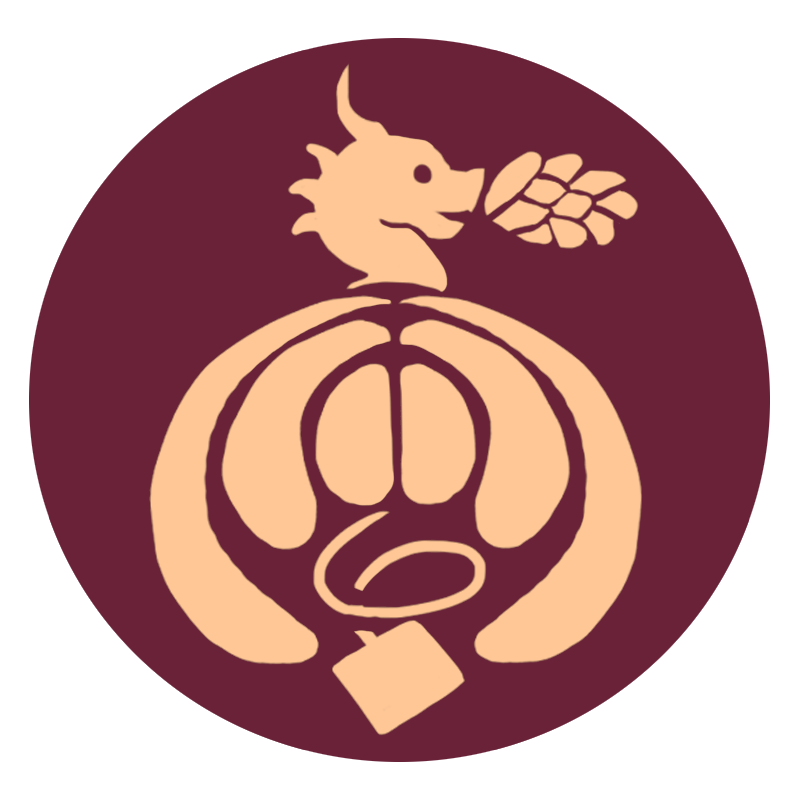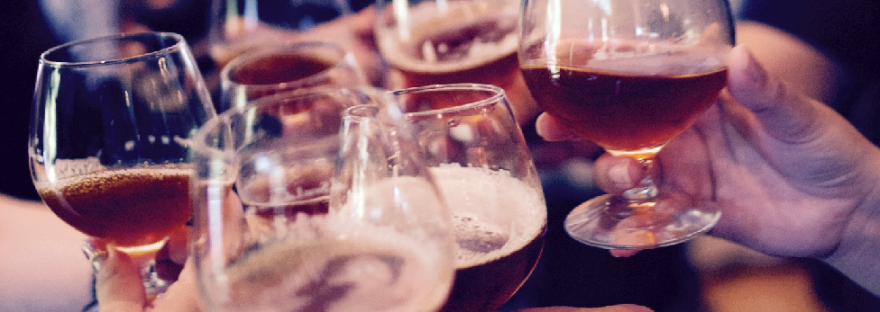It’s more important than ever to keep an ear to the ground. Becoming emotionally detached in this stressful snowball of a year is a helpful short-term reaction, but a devastating long-term one.
This behind-the-scenes peek from Insider News shows the hard — and often desperate — work being put in to protect Californian vineyards from wildfires. Many of these yields aren’t even fully ripe, but it’s either that or risk the entire crop being tainted by smoke and ash. They don’t even need to be on fire to have their flavor changed entirely from all the changes in the air. According to multiple historians, these wildfires could very well be California’s worst in history.
Wine farmers and businessowners are given a rock and a hard place: let the grapes rot and file an insurance claim or try to sell what little they can.
When I visited one of Townshend’s local winetasting events early this year (right before COVID-19 started making waves), I tried some wildfire-tainted wine myself. It’s no minor side-effect: at best it has a smoky tang that drowns out the bottle’s subtle flavor notes. At worst it’s like trying to drink a cigarette. Just one sip and I was coughing. While this was from one experimental barrel surrounded by successful harvests, this video shows just how heartbreaking it is to see months (even years) of love and toil whisked away.
History in the making sounds grand on paper, but it’s usually an exhausting, demoralizing affair. If you’re thinking of buying wine soon, go for the smaller, local businesses. There are some truly stellar brands out there that don’t have grocery wholesale or household names on their side that could use your support.







